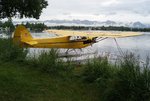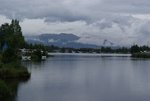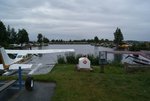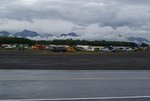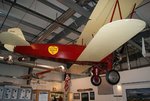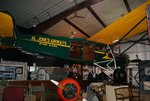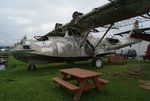muscogeemike
Senior Airman
Just saw a TV segment on the Russians drilling into a lake under the Antarctic ice (good on them) and the aircraft they showed supporting the expedition was either a DC-3/C-47 or, more likely, the version they produced. Either way this design, over 70 years old, is still going strong!


